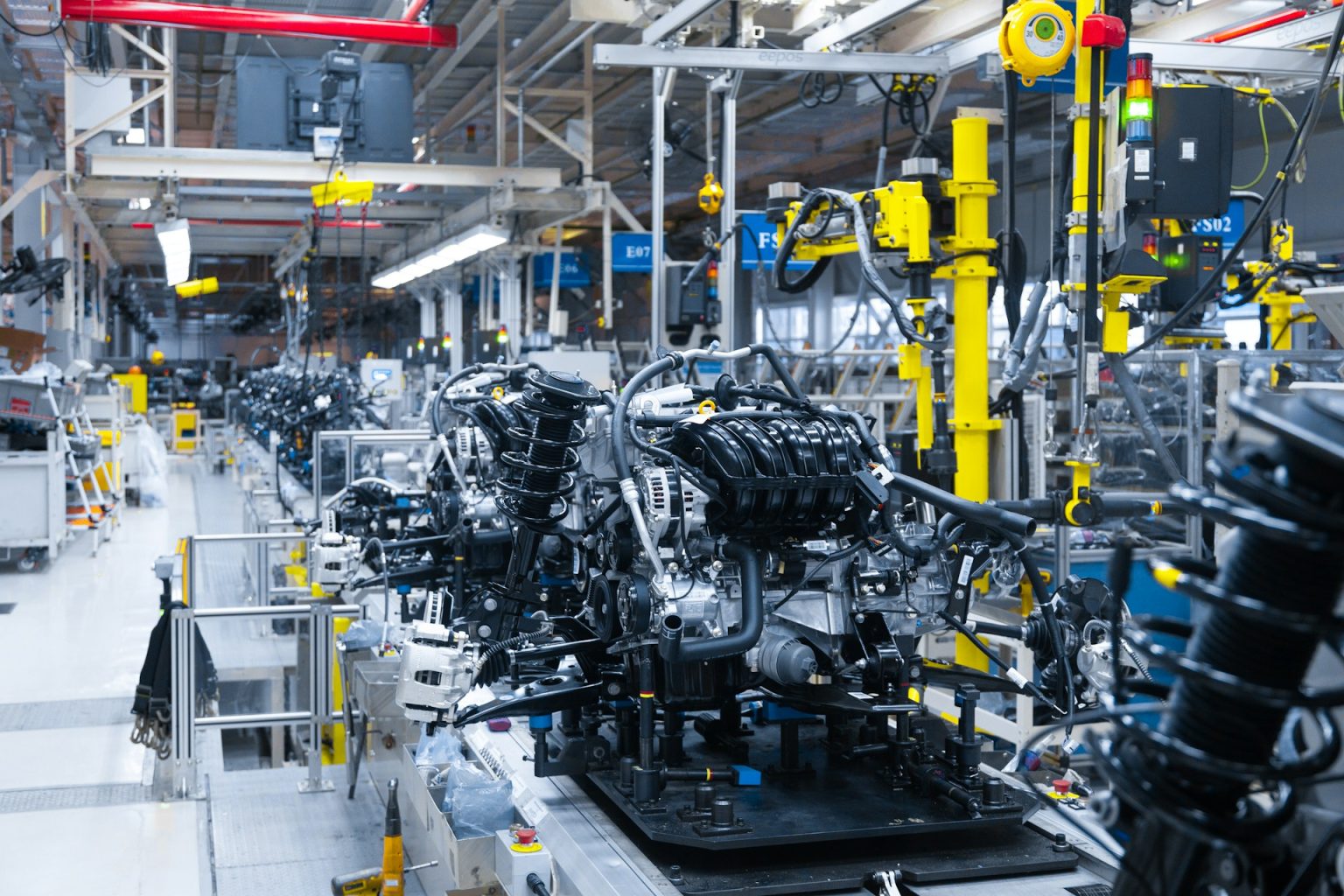In the era of sustainability, industries are under increasing pressure to adopt environmentally friendly practices. Industrial automation, known for enhancing efficiency and productivity, is now turning its focus towards integrating green energy solutions. This movement is not only driven by environmental considerations but also by economic incentives, as energy costs rise and consumers demand more sustainable products. A critical component of this transformation is the use of technologies like servo motors, which are pivotal in achieving energy efficiency in automated systems.
The Role of Industrial Automation in Sustainable Manufacturing
Industrial automation involves the use of control systems, such as computers or robots, to handle different processes and machineries in an industry for the production of goods and services. This technology has traditionally been leveraged to increase production speed, reduce costs, and improve product quality. However, with the growing emphasis on sustainability, industrial automation is increasingly being adapted to support green energy initiatives within manufacturing processes.
Energy Efficiency: Automated systems are designed to optimize production processes, reducing waste and minimizing energy use. Advanced sensors and control systems can precisely manage the amount of energy consumed during production, ensuring that machines operate only when necessary and at optimal efficiency levels.
Reduced Waste: Automation helps in precisely controlling material use, cutting down on waste generation. For instance, in industries like manufacturing or packaging, automated systems ensure that materials are used efficiently, reducing the volume of scrap and waste produced.
Enhanced Process Optimization: Through the integration of IoT (Internet of Things) and AI (Artificial Intelligence), automated systems can continuously monitor and adjust processes, optimizing energy use and reducing the carbon footprint of manufacturing activities.
Servo Motors: Pioneers of Energy Efficiency in Automation
Servo motors are integral to the modern landscape of industrial automation. Known for their precision and efficiency, these motors adjust the speed, position, and torque of machines according to the exact needs of a task. This capability is crucial in minimizing energy consumption, as it ensures that machines do not use more power than required.
Precision and Reduced Energy Consumption: Servo motors provide precise control over machinery, leading to less energy waste. For example, in a production line, servo motors like the KSM Servo Motor Series, can precisely control the speed of conveyor belts based on the real-time workflow, thereby avoiding unnecessary energy consumption when the production line is not at full capacity.
Flexibility and Adaptability: The adaptability of servo motors to work with different power sources, including renewable energy, makes them particularly valuable in green automation setups. They can operate efficiently under variable power inputs, which is essential for industries transitioning to intermittent renewable energy sources like solar or wind.
Integration of Renewable Energy Sources
The shift towards green energy in industrial automation is not just about optimizing current systems but also integrating renewable energy sources into the production process.
Solar Energy: Many industrial facilities are now equipped with solar panels to power operations, reducing reliance on fossil fuels. Automation systems with advanced energy management capabilities can dynamically switch between solar power during peak sun hours and other energy sources when necessary, optimizing energy use and cost.
Wind Energy: Similar to solar, wind energy can be harnessed to power automated manufacturing facilities. The integration of wind energy requires sophisticated control systems to handle the variability in power generation, where technologies like servo motors are crucial in adjusting operations dynamically based on available wind energy.
Energy Storage Systems: As industries incorporate intermittent renewable energies, energy storage becomes critical. Automation helps in managing energy storage systems, ensuring that excess energy generated during peak production times (like midday for solar) is stored and used effectively during off-peak hours.
Challenges and Future Directions
While the potential for green energy in industrial automation is vast, there are significant challenges to its widespread adoption:
High Initial Costs: Transitioning to green energy solutions often requires a substantial initial investment in new technologies and infrastructures, such as solar panels, wind turbines, and energy-efficient machines.
Technical Complexity: Integrating renewable energy sources with existing industrial systems can be technically complex. It requires sophisticated control systems and a highly skilled workforce to manage these integrations effectively.
Regulatory and Market Challenges: Navigating the regulatory landscape and overcoming market barriers can also pose challenges, especially in regions where fossil fuel-based energy is heavily subsidized.
Looking ahead, the future of industrial automation in the context of green energy is promising. Innovations in technology, such as the development of more efficient servo motors and smarter AI-driven control systems, are likely to drive further advancements. As global emphasis on sustainability continues to grow, industrial automation will play a pivotal role in shaping environmentally friendly manufacturing practices that not only meet regulatory standards but also contribute to a more sustainable planet.
Industrial automation’s embrace of green energy is a critical step forward in the global effort to reduce industrial carbon footprints and create more sustainable production practices. As this field evolves, the integration of technologies like servo motors with renewable energy sources will be key to achieving the dual goals of enhanced efficiency and environmental sustainability.

